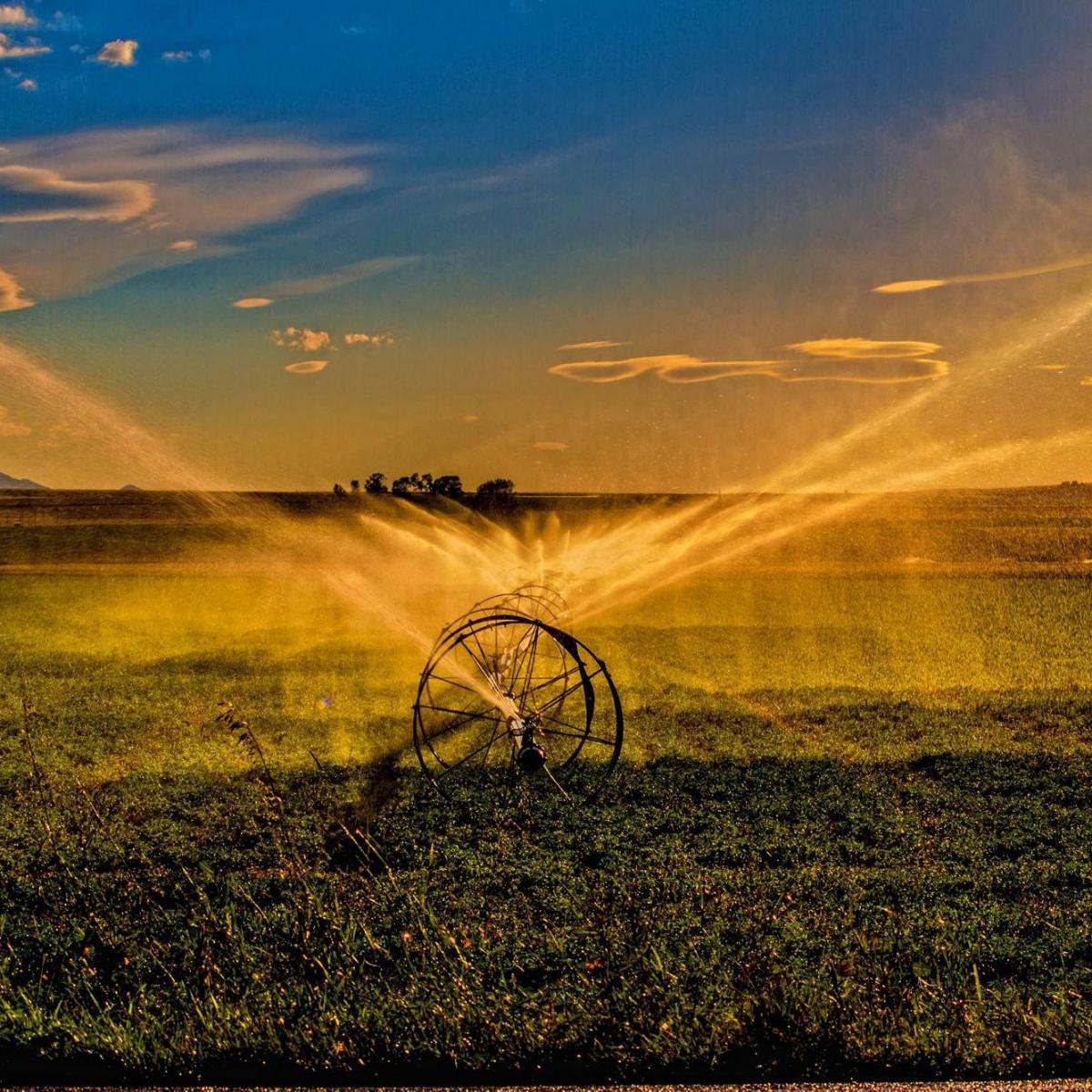Economy and Ecology in the Arid West
By: John A. Baden, Ph.D.Posted on June 08, 2017 FREE Insights
Veronica Harrison of the Heartland Institute asked me to describe seasons living on our Montana ranch. It's a great blessing to live with Ramona on productive land lying between Bozeman and Big Sky, Montana and an hour north of Yellowstone Park. Together, and we've been together over 40 years, we represent nine generations in American agriculture.
Visitors, especially fishermen, have described our place as one of the finest small ranches in Montana. It's small, one measured in hundreds not thousands of acres. No accident our ranch was featured in the Wall Street Journal and on the cover of Outside Magazine. It's an ecological collage of attractive features and only half an hour from Bozeman Yellowstone International field.

Most of the ranch's qualities come from water--and we have lots of it. Our oldest water rights, 100 miners inches, date from 1866. * This a special blessing for we live about 500 miles west of the 100th meridian, the hydrological line where aridity begins. West of that line precipitation drops below 20 inches per year, the minimum for conventional American agriculture. Bozeman, Montana gets 18 inches per year, our ranch only a bit more.
In addition to views of the Spanish Peaks and the Bridger Range, we have excellent habitat for deer and elk and trout. Our irrigated ground produces over five tons of alfalfa per acre, the dry land a mere ton and a half. It's a beautiful working ranch and we worked very hard to restore and build it.
Apart from superb scenery and location, most of the ranch value comes from our bountiful water. We have both natural moisture and water diverted from the Gallatin River for irrigation. A private canal built by muscle and steam in 1883 delivers it. ** Our major property rights in water date from 1866 and 1883. We purchased these water rights and they are attached to the land.
My day's activities depend on the season. In January I first check on livestock water then their feed. Spring water for steers and lambs doesn't freeze but our creeks do--and that's where the horses water. In winter we give animals ample hay, all grow on our irrigated land.
Throughout the winter we are mindful of and welcoming of snowfall. Aside for the increasing rare blizzard, snow is a blessing--and not just for skiing. Snow in the nearby mountains produces our irrigation water and habitat for fish and wildlife. It also insulates and protects the ground.
Spring comes earlier than a few decades ago and this too is a blessing. Grass greens up sooner and fewer baby animals die from late snowstorms. Our irrigation water is turned into the privately built, maintained, and monitored Kleinschmidt Canal on May 15. It is important to harrow, seed, roll hay fields, prepare diversions, ditches, and pumps before that date. We celebrate the irrigation turn-on date, the opposite feeling of April 15.
For those prepared, everything changes for the better when water flows through the Gallatin Valley's canals. One unanticipated benefit is the great increase in the water flowing in spring creeks. Trout love it and hence so do fly fishermen.
The Gallatin Valley has become world famous for its spring creeks and the quality is improved by irrigation recharge. Over the past 25 years I've restored and augmented a small spring creek that had been diverted and destroyed sometime around 1900.
It now feeds five ponds that produce 20+inch rainbow, brown, and cutthroat trout. Ramona and I offer trout fishing to groups of handicapped children, cancer survivors, and wounded warriors. This opportunity is a benefit from irrigation recharge.
Ramona and I retired from crop production and harvest. We spend the summer watching center-pivot irrigation, the circles you see below when flying at 35,000 feet. This irrigation helps crops, pastures, and wildlife flourish. Most mornings Ramona crosses creeks and our canal taking a three-mile walk on ranch roads, she's just checking things out. That's what owners do. She reports noxious weeds, irrigation problems, but mostly tells me of beautiful wild animals and plants.
Summer and autumn is harvest time and we turn off most irrigation. The canal flows until October 10, mainly for stock water, and then the springs' flow drops. We prepare big-bale haystacks for winter feeding, watch beautiful but crazed brown trout spawn in our spring creek, buy our season ski passes, and wait for our blessed snowfall. That's our next year's irrigation. We feel blessed.
------------------------------------------------------
* In addition, the canal carries 200 miner's inches of water decreed to the Gallatin Ranch Company appropriated June 15, 1866
** In 1883 about twenty farmers associated themselves together for the purpose of constructing an irrigation canal southwest of the City of Bozeman.

